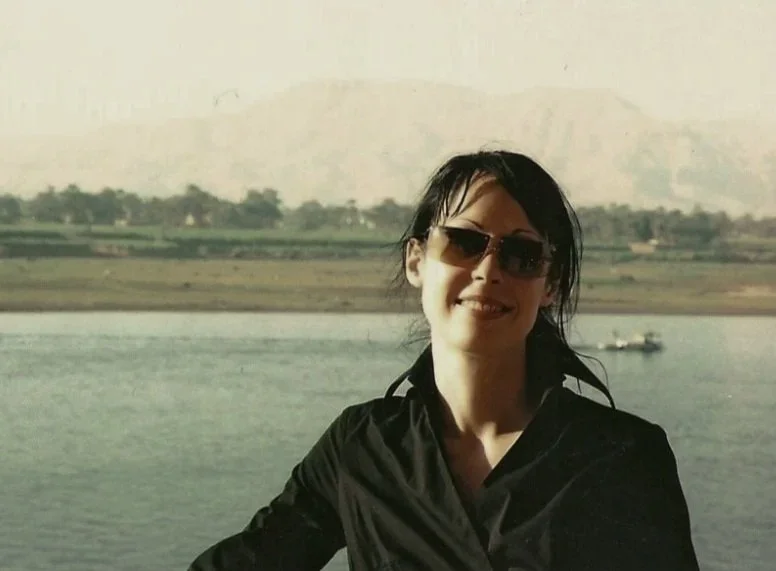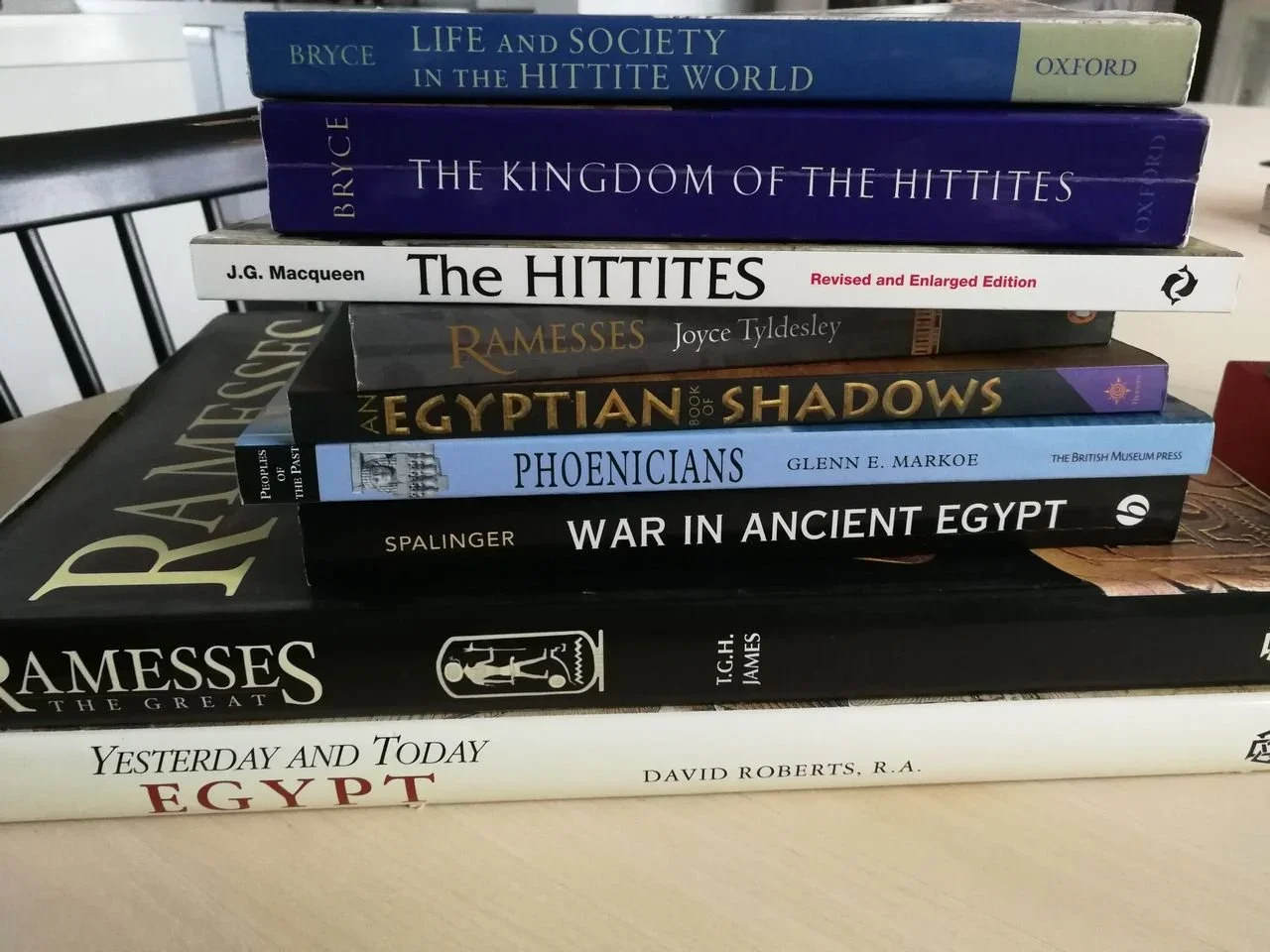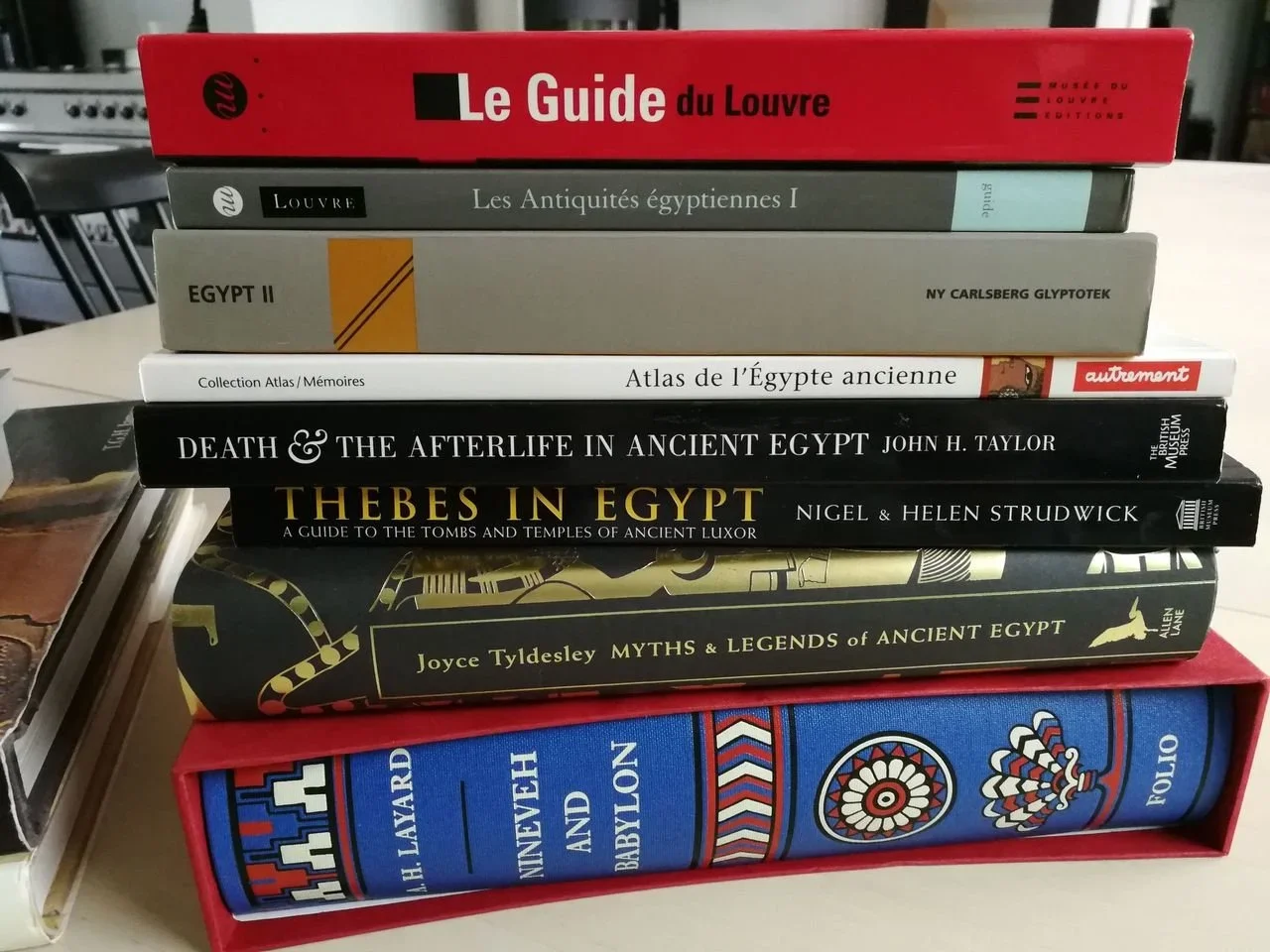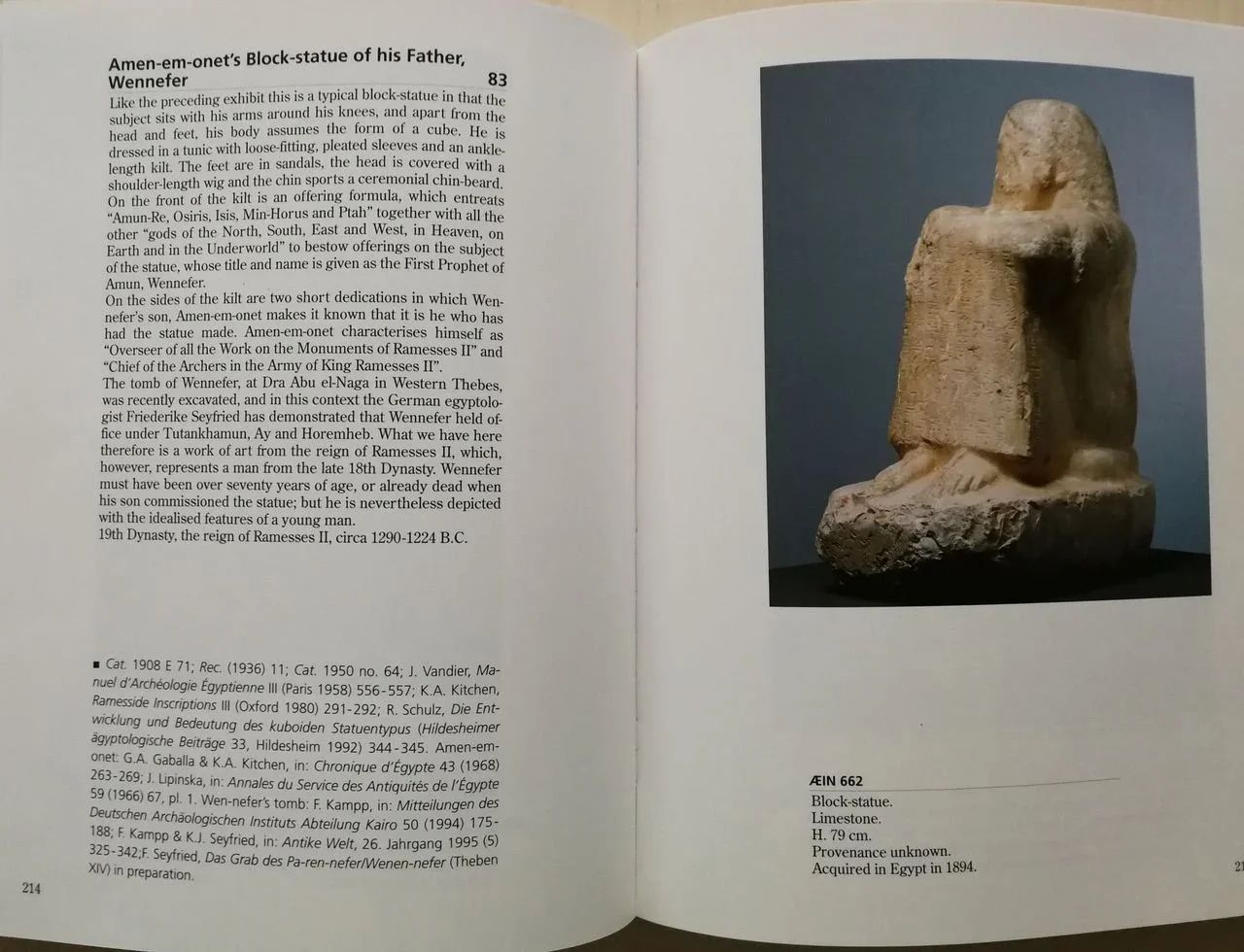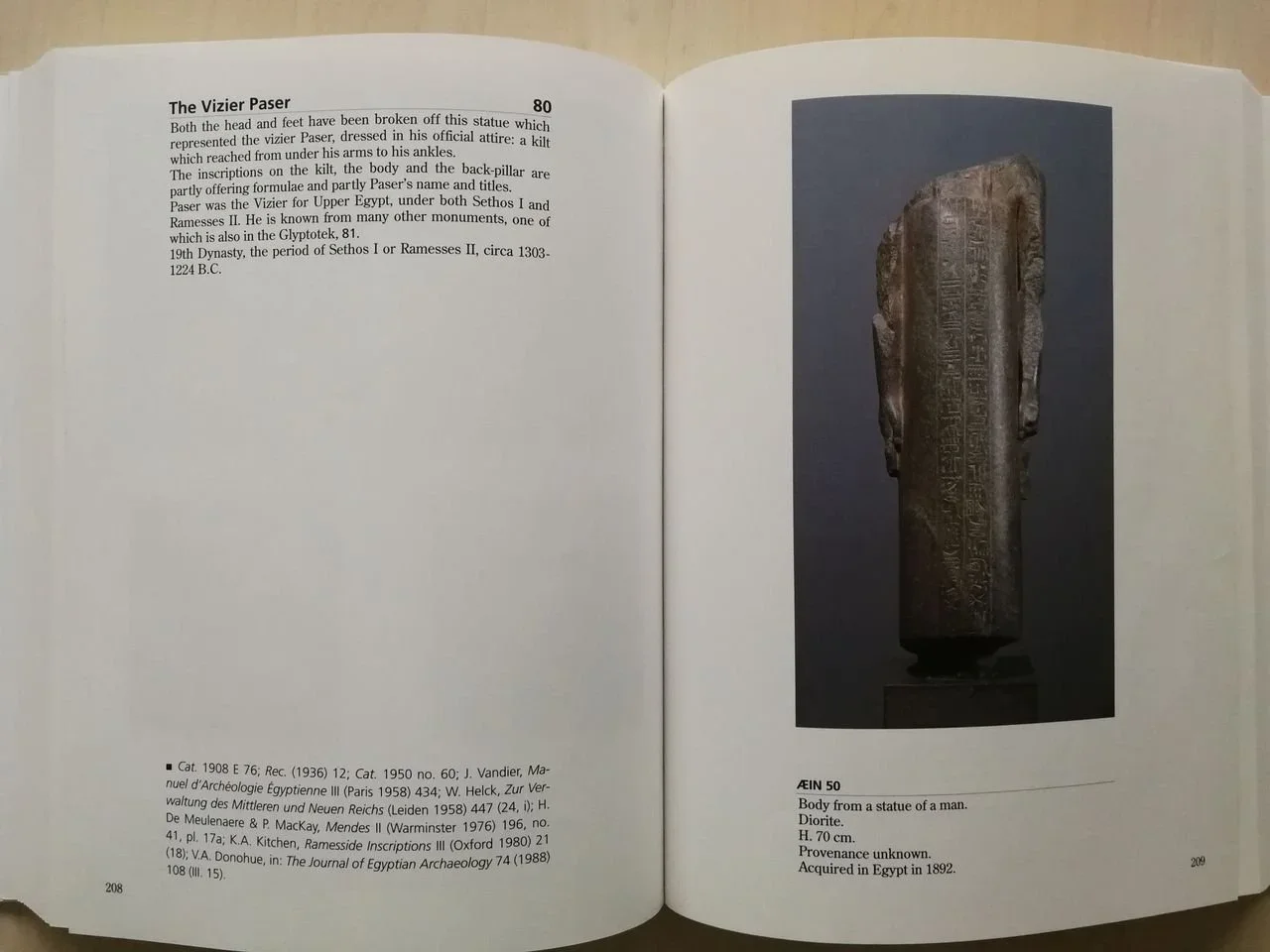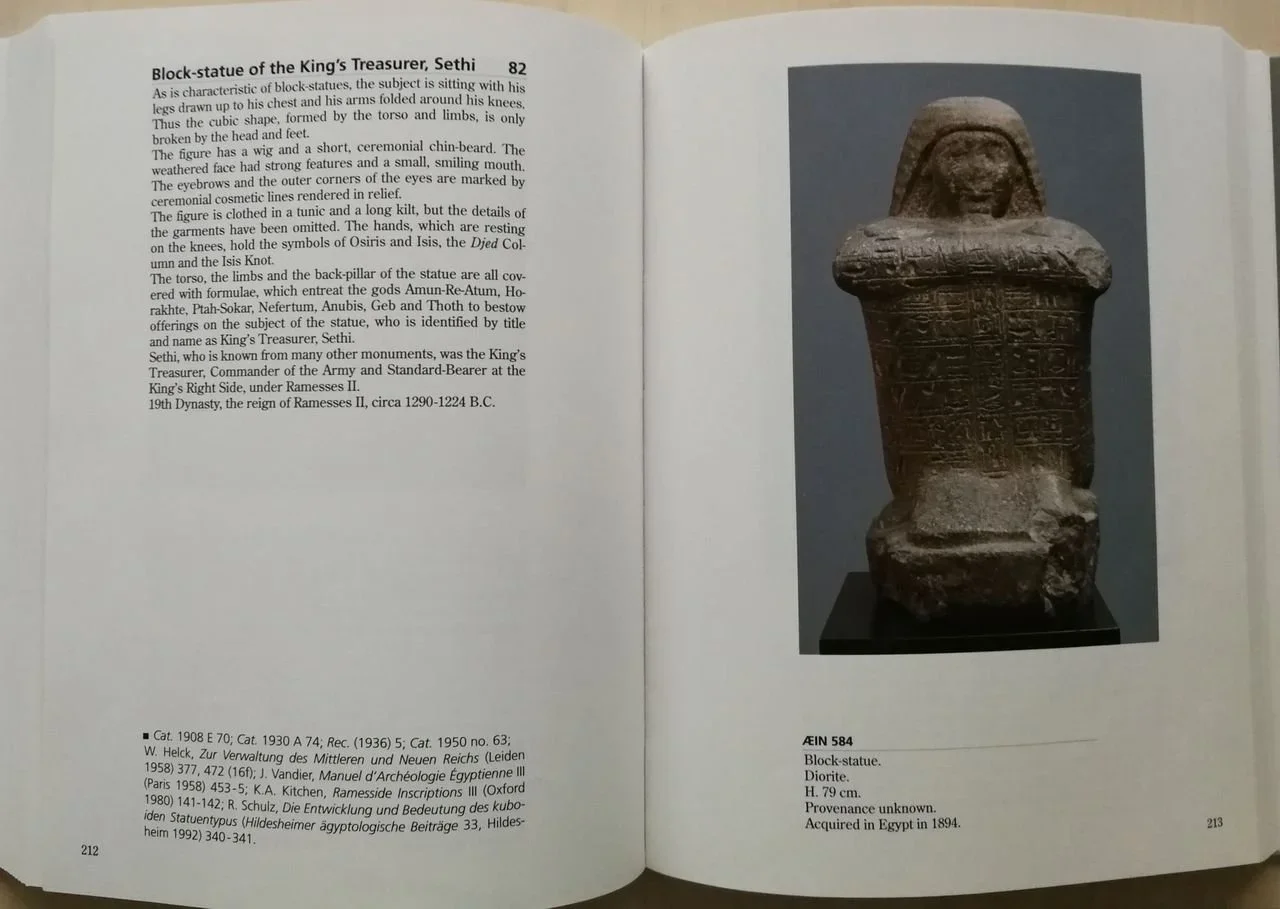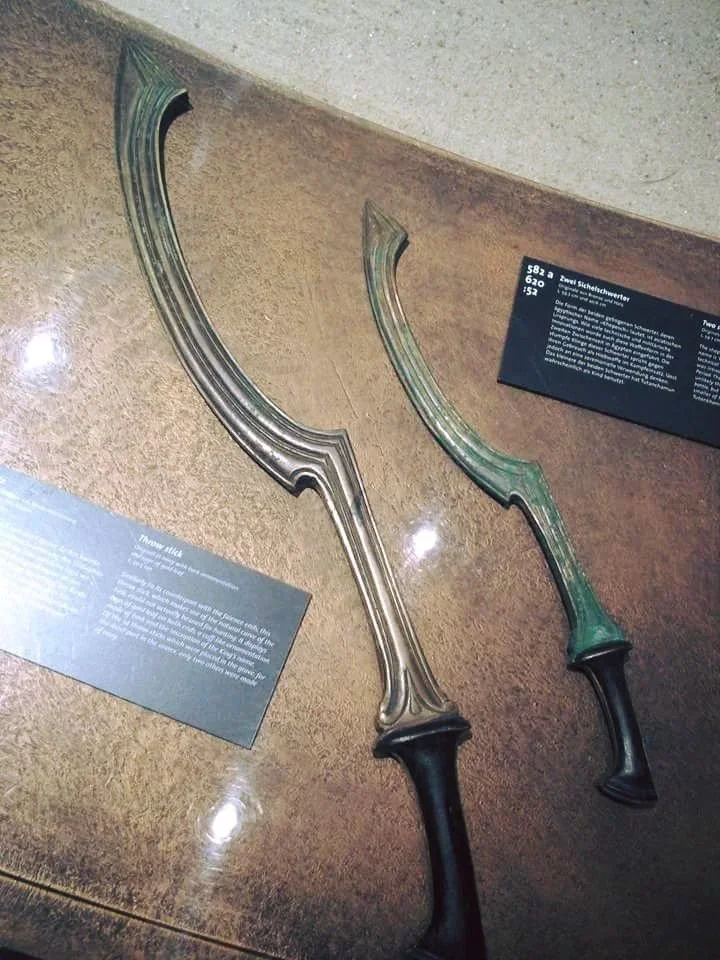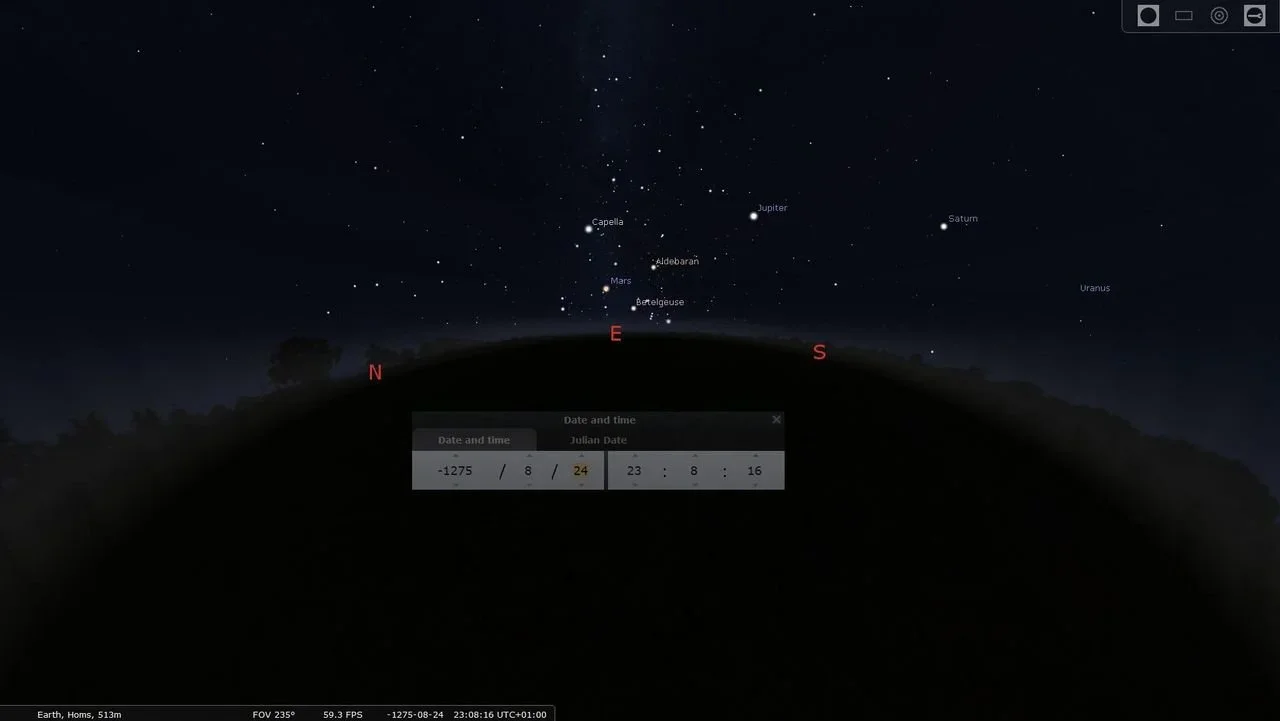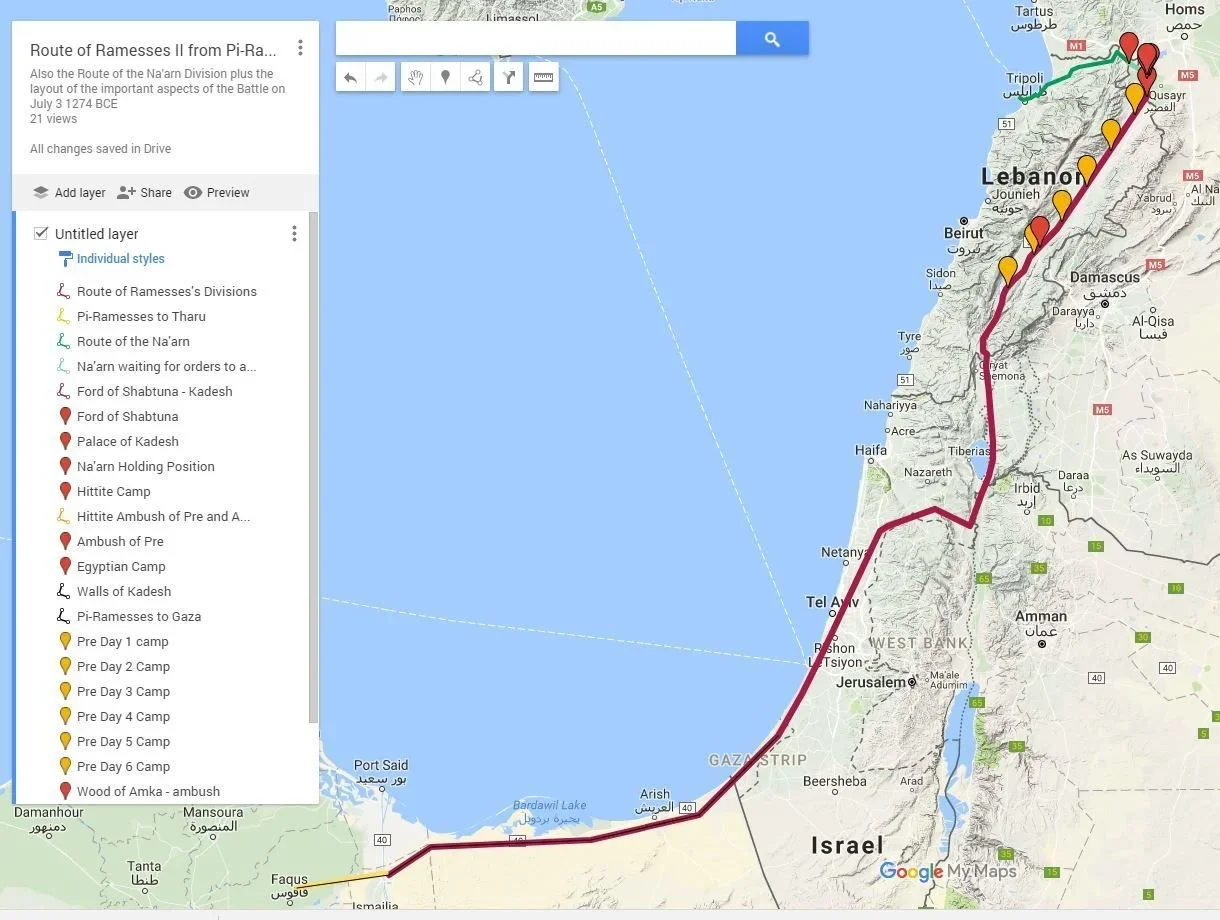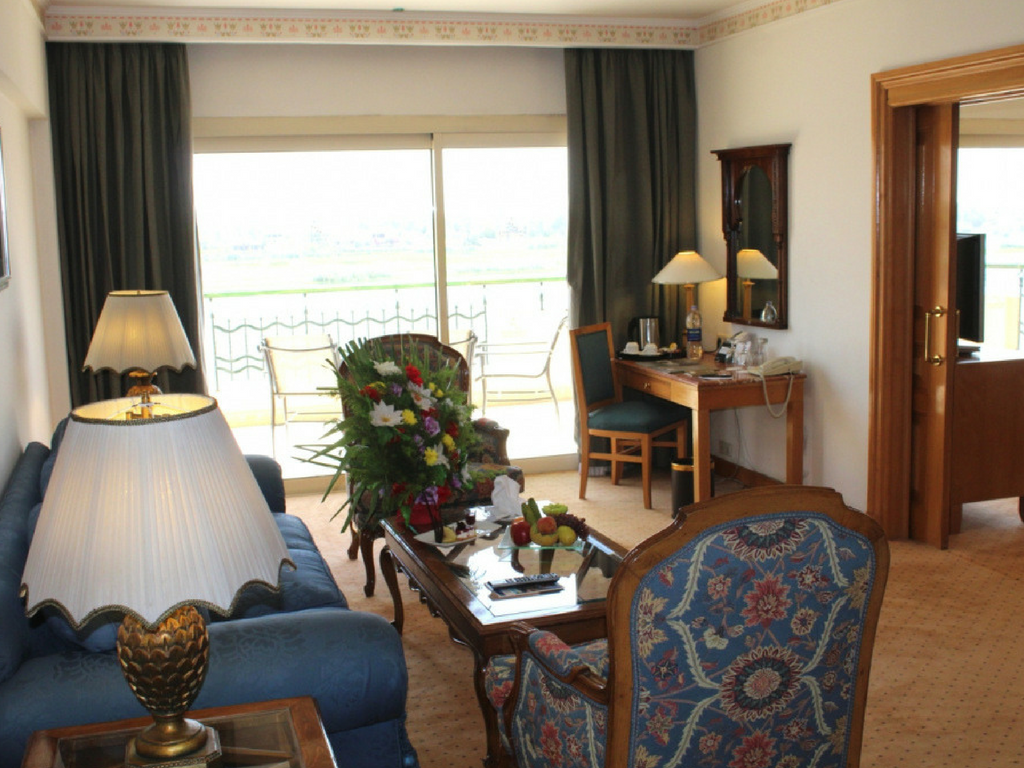Where a 3,200 Year Old Love Affair Began
This is where it started. It was during my second trip to Egypt in 2003, I dreamed of an empire-crossing, forbidden love affair which transpired during Egypt’s glittering New Kingdom period. As I woke to the sun rising over the Nile and three thousand years slammed back into my senses, I heard these words: Tell the story. Do not let it die.
The view from the balcony of suite 308 at the Luxor Meridien (now the Steigenberger Nile Palace) where I first had the dream in 2003 (the same visit when this photo was taken from the balcony) and later returned to in 2006 to complete first draft. (The range of hills in the background is the Valley of the Kings where many pharaohs and queens were buried, including Nefertari)
Over the years that followed, as I labored to put together the missing pieces of the puzzle, I discovered the man I had dreamed of was a real historical person, including his position in Ramesses II's court. This was when I started to feel tingles - it wasn’t just a dream or a flight of my imagination - I sensed I had embarked on the story of a lifetime.
What followed was a frenzy of academic research (you’ll see the pile of books I referenced to write The Lost Valor of Love below) including trips to Egypt, and various museums (The Louvre, Copenhagen's Glyptoteket, The British Museum, The Egyptian Museum, Cairo) that house the only statues of several of the Egyptian characters in this book were also visited (you can see photos of several of them further down).
Last, but not least, with the help of an Egyptian archaeologist friend, I was able to gain an even deeper understanding of life in ancient Egypt by exploring long-lost ruins and temples forgotten by time.
Despite the wealth of historical records and evidence of ancient Egypt's phenomenal existence, there is, by stark contrast, almost nothing left of its greatest enemy, Hatti. Less than one hundred years after the events of this book, the Hittite civilization completely collapsed, leaving behind almost no trace of its existence; for a long time we only knew of Hatti through the records of Egypt. Since then, fragments have been found, though the physical evidence there was at the time of the book’s publication was still scant.
Under the punishing weight of three millennia, its once great cities crumbled away, their foundations lost in the waving grasses clothing the northern mountains of Turkey.
The once formidable city of Kadesh is now nothing more than a hill in the middle of fields, situated roughly twelve miles southwest of present-day Homs, Syria. It has not failed to occur to me that this part of the world has suffered far too much violence and tragedy; the parallels between what happened at Kadesh and what is happening in our present world much too close for comfort.
To this day, archaeologists are still searching for the Hittite version of what happened at the Battle of Kadesh. Historians have suggested if Egypt had been defeated at Kadesh, the world's history would have turned out substantially different. Egypt's supremacy would have ended prematurely, changing the balance of power in the remaining empires and affecting the rise of later ones, making it not unlikely the world we live in today could have turned out quite different to the one we know.
Until the Hittite record is found, we only have Ramesses II's version, which strains credulity - he claims the gods came down and fought alongside him as he faced the hordes of the Hittites alone, all his men having fled in terror. This story has been an attempt to retell the historic events of that time with life breathed back into the people who lived and loved in that opulent, glamorous, dangerous world.
Apart from the characters of Istara, Rhoha, Edarru, and the immortal gods, the characters in this book are based on real historical figures, places, and events. Every effort has been made to follow the history of the 13th century BCE with the greatest possible integrity.
Against a sweeping canvas of empires and kingdoms, The Lost Valor of Love explores the themes of honor, courage, sacrifice, mortality, the supernatural and the transcendence of love beyond the boundaries of space and time.
Set during the early reign of Pharaoh Ramesses II, The Lost Valor of Love tells the untold story of Istara, the Hittite empire's intelligent yet powerless young queen-in-waiting who changes the course of history through one incredible, selfless act.
Made a hostage to the Pharaoh Ramesses II, the trajectory of her life rapidly spins into a new direction when she embarks on a forbidden affair with an Egyptian commander who is inexplicably bound to her beyond the boundaries of time itself. When he sacrifices his soul to save her life, she comes face to face with the gods where she learns her destiny is far from complete
And now, a little more of the story behind the story…
The Research
Some of the books I read to research The Lost Valor of Love...
...and even more I read and museums I visited in my research.
If you are ever in Copenhagen, Denmark, you can see these statues at the Ny Carlsberg Glyptotek Museum which were either commissioned by, or made to represent Ahmen, Sethi and Paser during the reign of Ramesses II. I include the image and text from the guidebook as opposed to the statue in situ alone because you get far more context from the book! I will admit it was deeply moving to stand before a statue that was commissioned by Ahmen himself of his father. And as an even more interesting aside, it was Ahmen who was the narrator of my dream, that’s what I found so incredibly astonishing when I learned that my narrator was a real historical figure…and that perhaps the tale he showed me was actually true.
Ahmen-om-onet
Statue commissioned by Amen-om-onet of his father Wennefer, Ny Carlsberg Glyptotek Museum, Copenhagen, Denmark
Paser
Statue of Vizier Paser, Ny Carlsberg Glyptotek Museum, Copenhagen, Denmark
Sethi
Statue of Commander Sethi, Ny Carlsberg Glyptotek Museum, Copenhagen, Denmark
And here is what a khopesh looks like, only the curved part of the blade was sharpened, and despite the weapons of this era being made of bronze, the blades were so sharp, it was possible to behead a person.
Photo taken by me in The Louvre, Paris, 2005.
The night sky of Kadesh in 1275 BCE
For those who like astronomy, here is a shot from Stellarium of the night Urhi-Teshub was in Kadesh washing himself in the temple pool when he saw the shooting stars. This was what the sky looked like that night from Kadesh. I used coordinates for Homs, Syria (20 km distant) since there isn't one for Kadesh.
Interactive map of the Battle of Kadesh, and the progress and retreat of the Egyptian army
The route to Kadesh as marched by the four divisions of the Egyptian army. The fifth Na'arn division came via the coast and over the mountains. Although this is only an image, it is actually an interactive map I made to keep everything straight whilst I worked out the logistics of the battle scenes. I have publicly shared it so if you are interested to drill down into the map to see more of what happened where, just click on the image and it will take you straight to the map where you can zoom in and out and look at all the details to your heart's content. Enjoy!
And finally…where it all began…
The hotel has since been remodeled and is now totally unrecognizable, which means my once-accommodation where I dreamed of the incredible destinies of Sethi, Commander of the Armies of Egypt, the Crown Prince of Hatti, Urhi-Teshub, and Istara, the Hittite queen-in-waiting who performed an unthinkably brave and noble act that forever changed the course of human history, and where I later completed the first draft of the first book is now just a memory. This photo is all I have to preserve how the birthplace of The Lost Valor of Love looked when I was there in 2003 and 2006.
In 2006, I returned to the same suite where I was gifted with my dream. This is the desk where I completed the first draft of The Lost Valor of Love. I moved the desk so it was in front of the left side of the big window with an uninterrupted view of the Nile and The Valley of The Kings.
